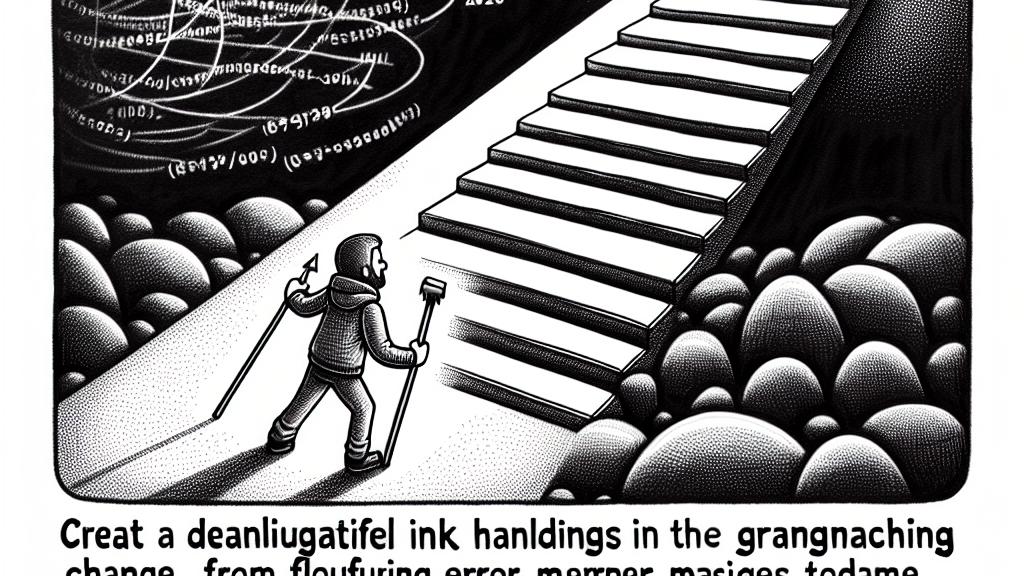Discover the Exciting Changes in GraphQL Error Handling for 2025!
Overview
- In 2025, GraphQL introduces the application/graphql-response+json content type, revolutionizing error management.
- This update enhances communication between servers and clients, making error tracking more precise.
- Developers can now effectively distinguish errors, leading to improved efficiency and user satisfaction.

A New Era for GraphQL
Welcome to 2025! This year represents a groundbreaking shift in the world of GraphQL, especially with the advent of the application/graphql-response+json content type. When it became mandatory on January 1st, it transformed error handling as we know it. Imagine you’re a developer, frazzled by obscure error messages that leave you bewildered. Now, instead, you receive clear, precise error data. This clarity is like getting a well-lit path instead of floundering in total darkness. With this change, it’s now so much easier to determine if an error arises from server issues or a network glitch. Let’s celebrate this shift towards better communication in the realm of APIs!
Understanding the Error Handling Improvement
Previously, the typical response type was application/json, which bore the burden of significant ambiguity. For instance, if your CDN were to go down, the returned JSON might have looked like a generic error—totally unhelpful. Developers would be left guessing what went wrong! But this is where the application/graphql-response+json content type comes into play. This upgrade ensures that when errors occur—let's say a server is undergoing maintenance—developers can receive responses that clearly detail the issue. Instead of mysterious replies, they get insightful messages. Just picture a front-end developer receiving a specific error with actionable data. It's all about clarity now!
Why It Matters for Developers
So, why should developers care about this change? The answer lies in the mountain of benefits! For far too long, developers played a frustrating game of cat and mouse with error messages while always returning '200 OK' status codes, even when problems lurked beneath the surface. Enter the era of detailed HTTP status codes! Now, developers can immediately identify issues; for instance, receiving a '503 Service Unavailable' message directly signals a problem. This is like being handed a GPS instead of an outdated map; you can finally navigate to solutions without second-guessing! This newfound clarity leads to more time for creativity and less time spent troubleshooting.
Conclusion: Embrace the Change
As we forge ahead into this promising 2025, there's an urgent call to action for developers: embrace the new standards of application/graphql-response+json! Don’t wait for change to come to you—be proactive about upgrading your systems! This moment represents the dawn of a new age, where error handling becomes intuitive and precise. Visualize a future where errors are not cryptic but transparent, allowing developers to tackle issues head-on. It’s a chance to transform your workflows and enhance user experiences, ensuring that miscommunication is a thing of the past. Let’s leave behind the memes of confusion and celebrate a functional, dynamic way to manage errors in our applications!

Loading...